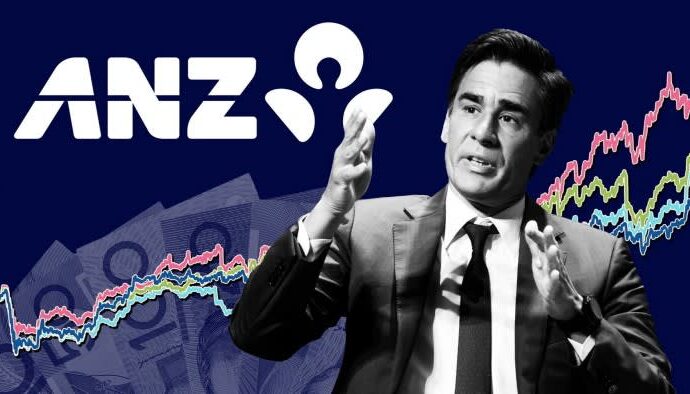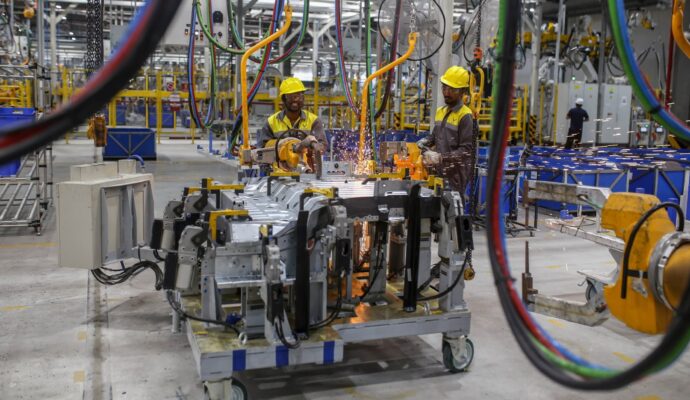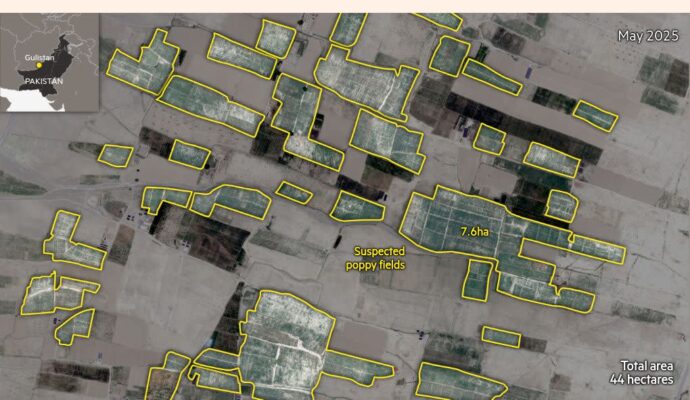Unlock the Editor’s Digest for free
Roula Khalaf, Editor of the FT, selects her favourite stories in this weekly newsletter.
From potatoes in Britain to onions in India, weather extremes driven by climate change are driving short-term food price surges globally, research has found.
A study led by the Barcelona Supercomputing Center directly links dozens of climate extremes to sharp food price spikes, highlighting the increasing vulnerability of food systems to environmental shocks.
Previous studies have examined how high temperatures, which cause waning yields and supply shortages, drive general food price inflation over the long term. However, the new research shows that specific food items also experience much steeper short-term price spikes which feed into inflation.
The price of olive oil in Europe jumped 50 per cent last year after prolonged droughts in southern Spain during 2022 and 2023.
In India, a heatwave in May last year pushed up onion prices by 89 per cent, while in Korea cabbage prices surged 70 per cent after the summer’s record heat.
In Japan, rice prices rose 48 per cent in September after an August heatwave across the region, and in China vegetable prices were up 30 per cent. In California, Arizona vegetables jumped 80 per cent in November 2022 after droughts.
Many of the weather events behind these price spikes “were completely unprecedented from a historical perspective,” said lead author Maximilian Kotz of the Barcelona Supercomputing Center.
Temperatures were “far outside the range of what we would have expected in a stable climate that wouldn’t have been influenced by human emissions,” he said.
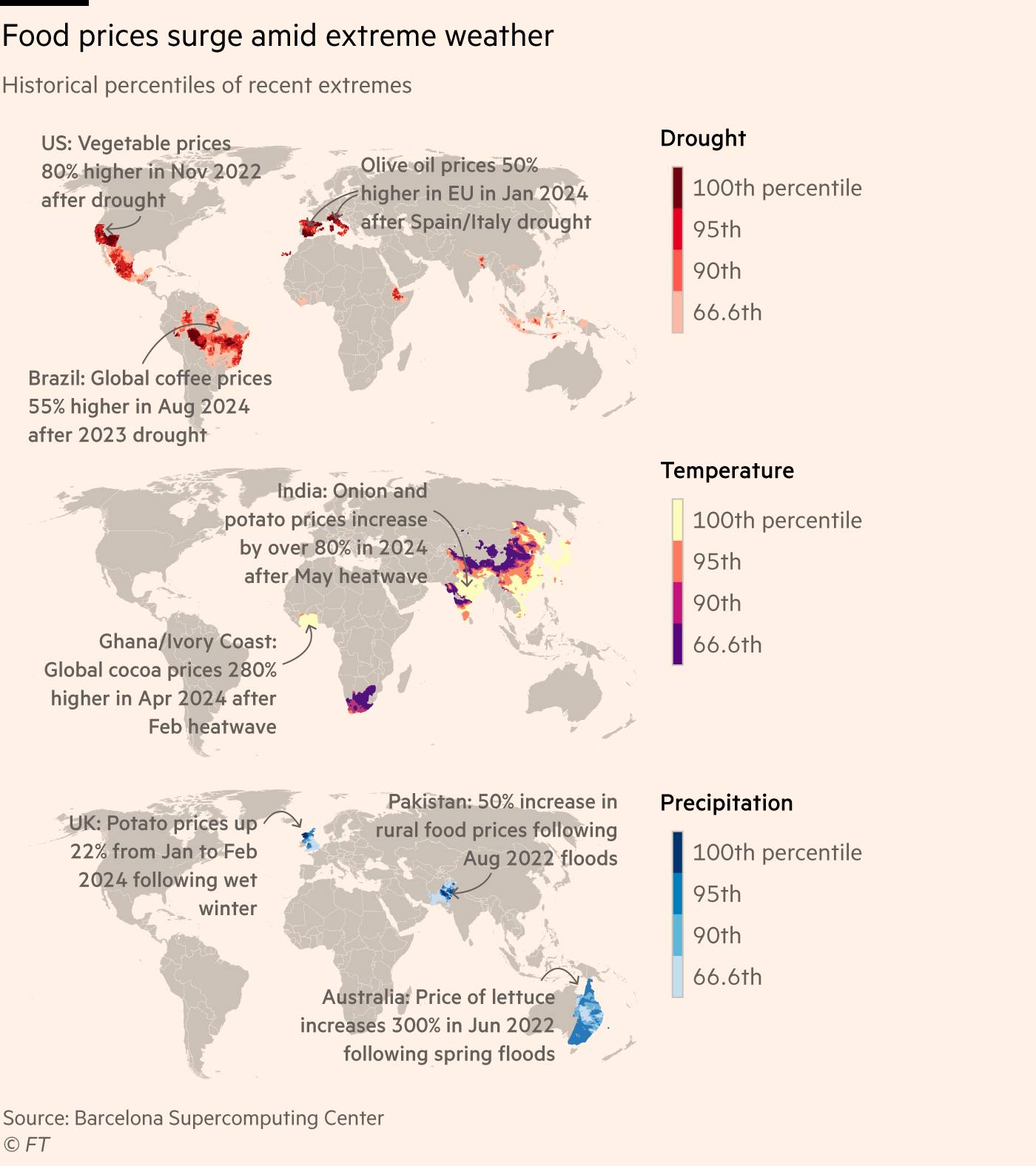
The study found that the food price surges often followed extreme weather by just a few months — a pattern the researchers warned was likely to become more common as climate change intensifies.
“We know that [weather extremes] are already becoming more intense and more frequent than they were 30-40 years ago, and we expect that to continue as long as greenhouse gas emissions continue to rise,” said Kotz.
If the food system “continues to respond in the same way that we’ve seen recently, then we will expect the same thing to happen [in terms of food prices], and probably in more extreme and more unpredictable ways.”
Food price surges rippled from single regions across the globe via trade, the research concluded. The cost of chocolate has jumped in the UK, for example, after a threefold rise in cocoa prices following drought and extreme heat in Ghana and Ivory Coast.
Market speculation and “bad policy” often also exacerbated the impact of climate change-related rises in food prices, said Raj Patel of the University of Texas, who was not involved in the report.
When hot weather in Russia fuelled wildfires that drove up wheat prices in 2010, Moscow imposed an embargo on exports that “catapulted the global price of wheat sky high,” Patel noted. This partly played a part in bread riots as far away as Mozambique. “The meaning of food price inflation is political. It’s always political.”
Countries such as Britain, which rely heavily on imported goods, were particularly vulnerable to climate shocks overseas, said report co-author Anne Taylor, executive director of the UK-based Food Foundation.
The research also raised questions for central banks, as food price rises threaten efforts to control headline inflation, particularly in emerging economies where food accounts for a larger share of consumer prices.
“These abnormally high temperatures, they directly affect overall headline inflation rates and the main driver is food . . . That trickles through into overall prices,” said Kotz.
Last week the Bank of England announced an unexpected increase in UK inflation to an 18-month high of 3.6 per cent in June, partly attributed to rising food prices.
The study also observed that, when costs rise, poorer households are likely to eat less, often nutritious, foods. Fruit and vegetable consumption in particular was “very vulnerable to when food prices go up,” Taylor said.
Climate Capital
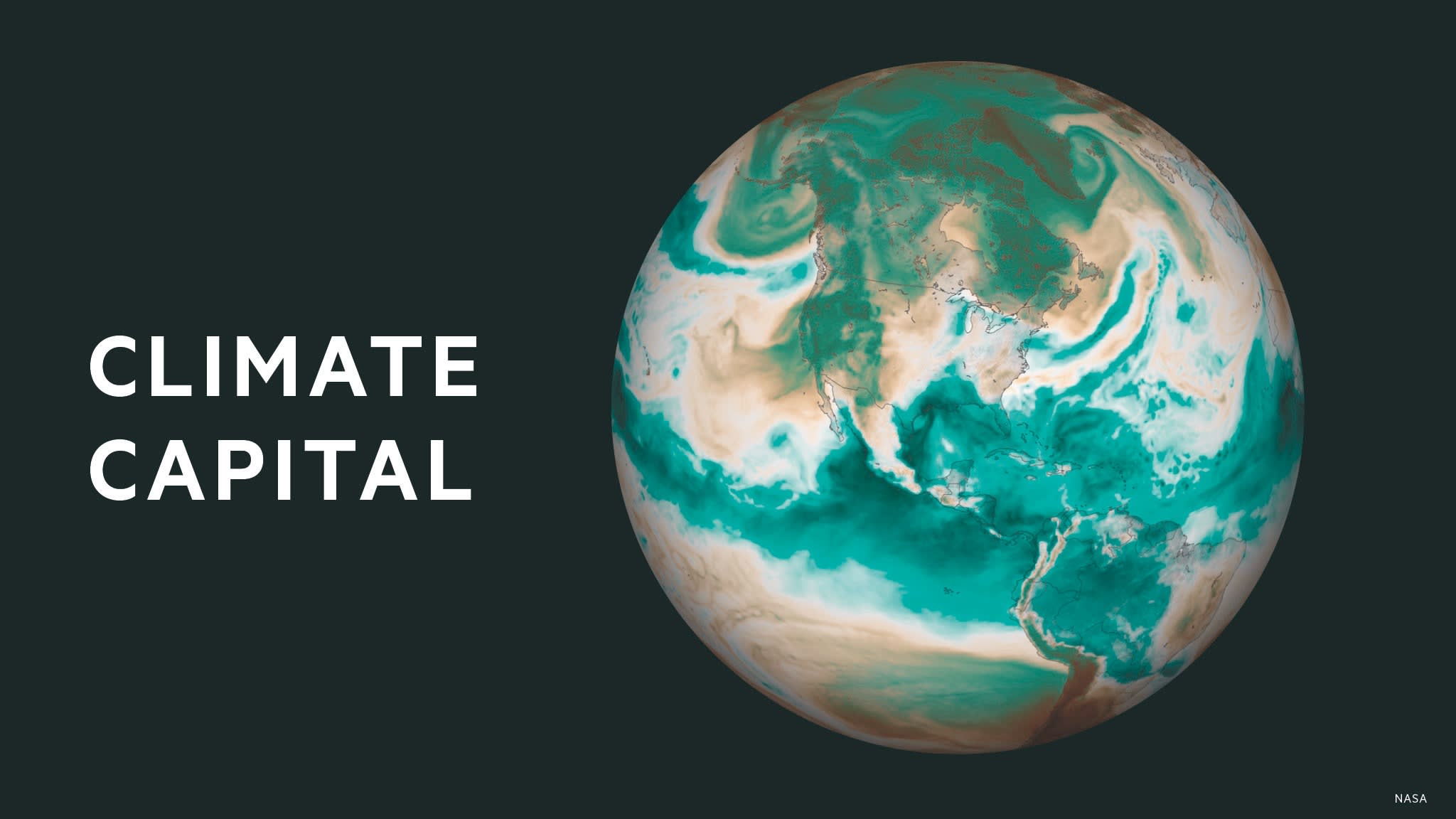
Where climate change meets business, markets and politics. Explore the FT’s coverage here.
Are you curious about the FT’s environmental sustainability commitments? Find out more about our science-based targets here
